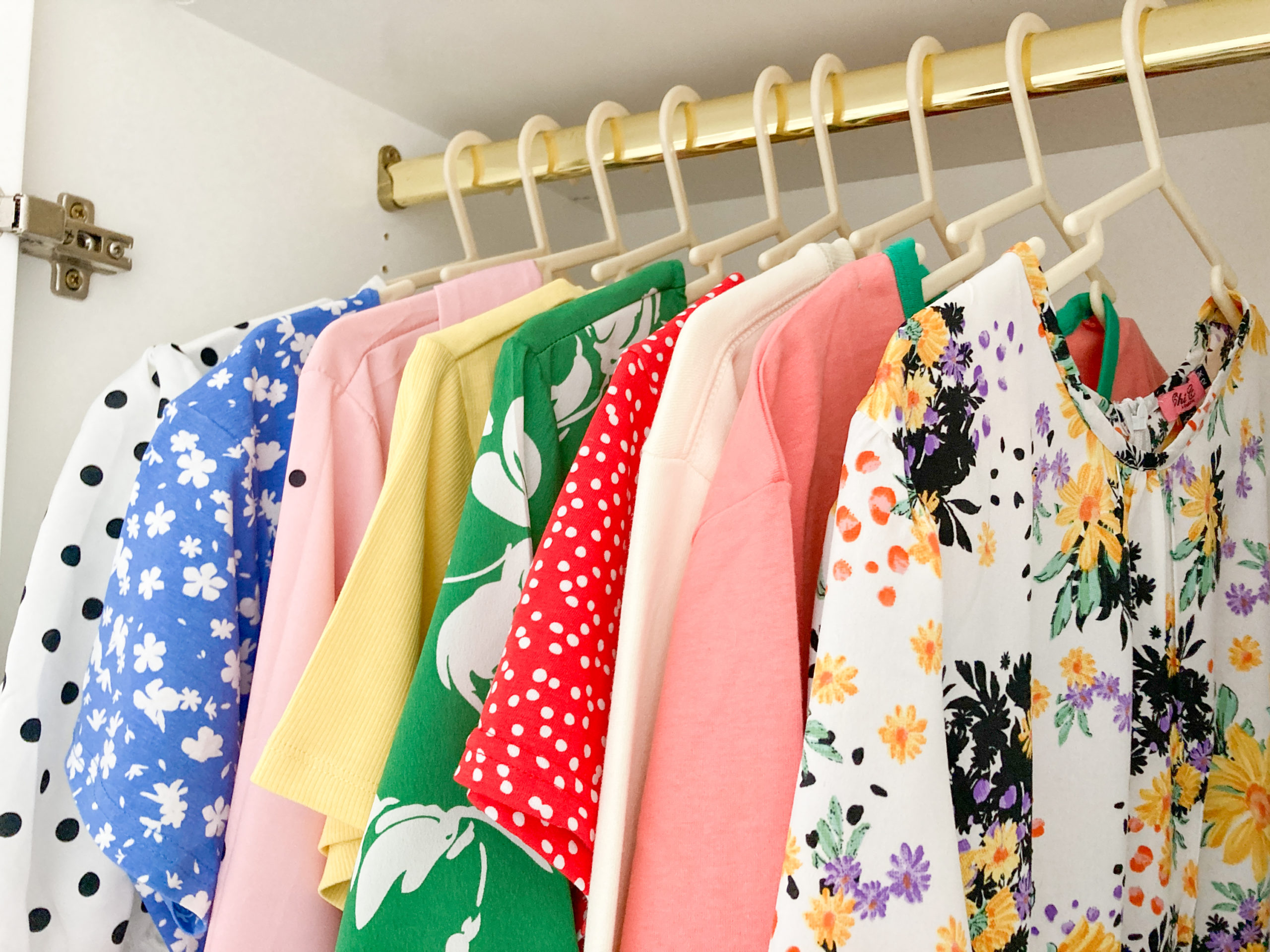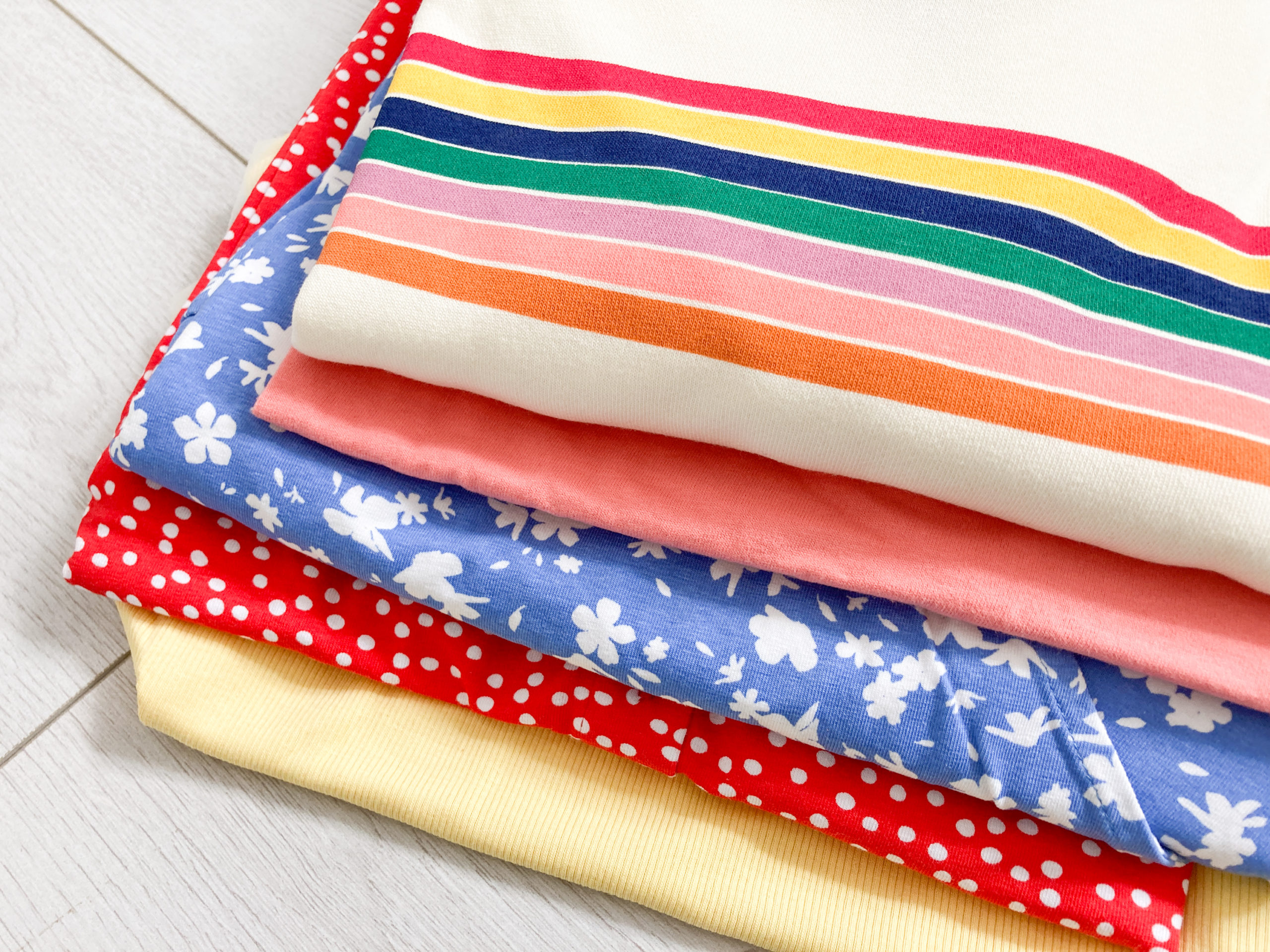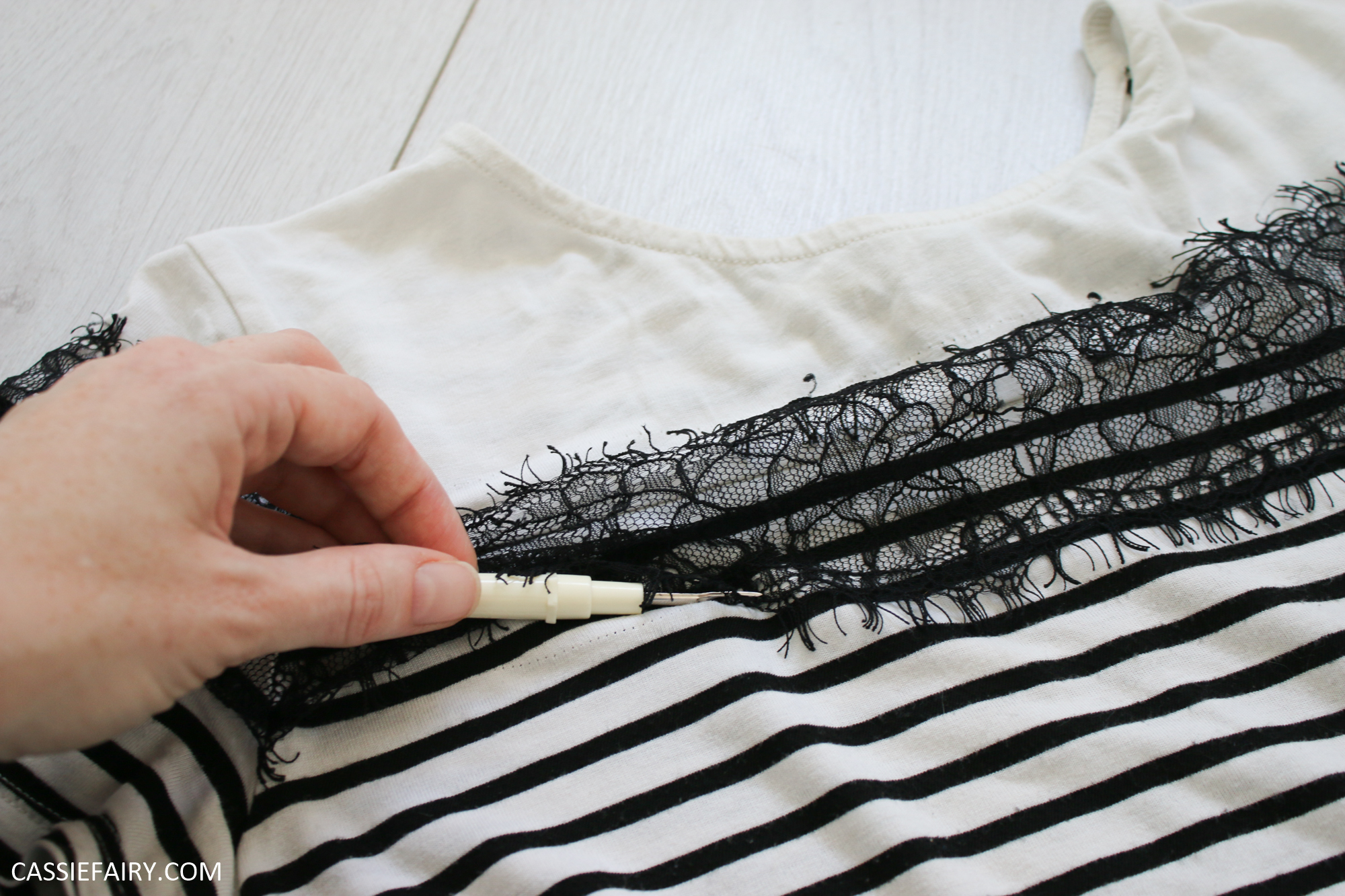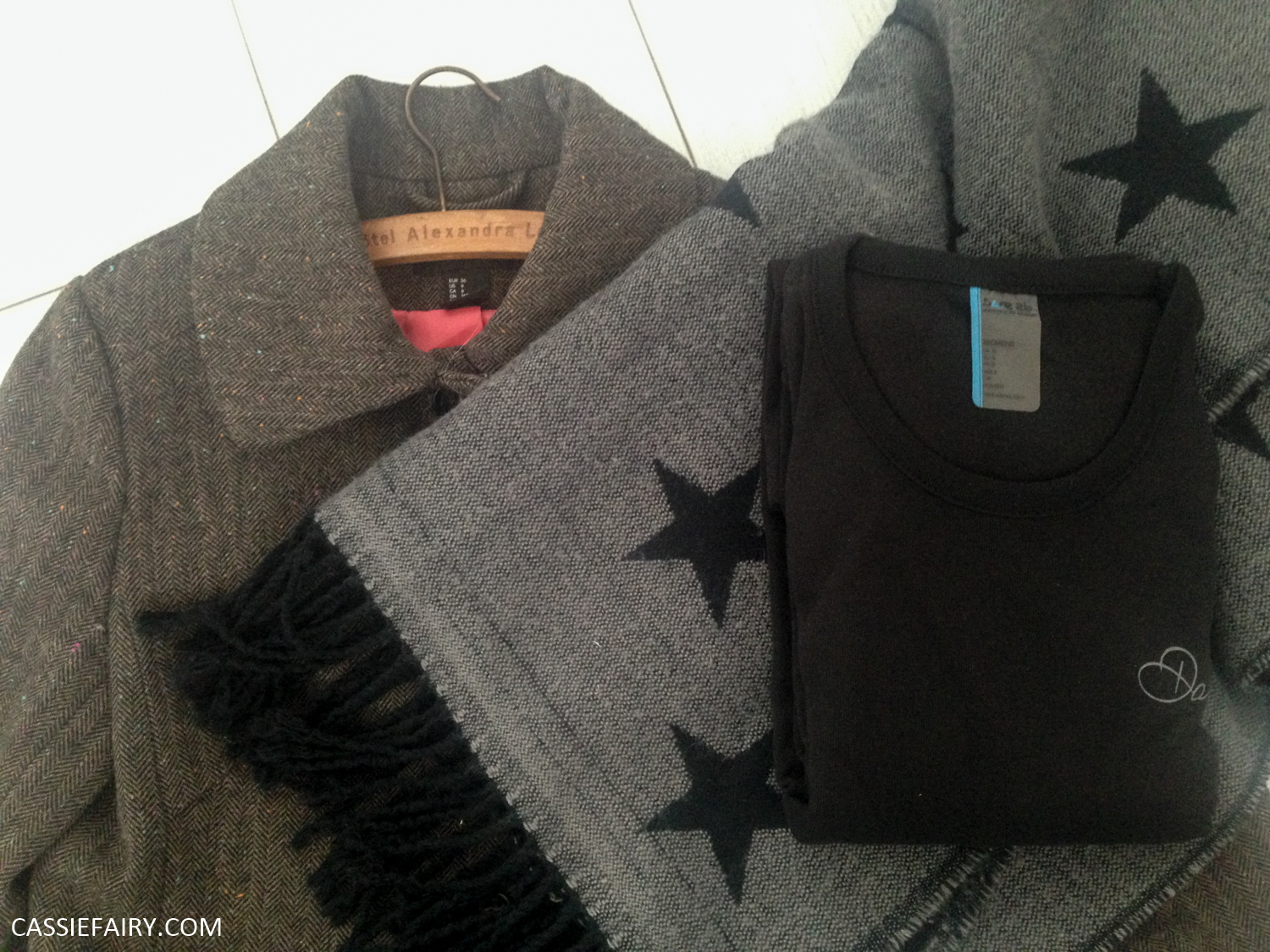Clothing and fashion have always been lucrative markets and, despite a dip in high street sales here in the UK, the online clothing trade has remained fairly buoyant. And it seems that more and more people are realising that they too could be part of this online market. If you love fashion magazines, enjoy researching the latest trends, spend most of your life on Pinterest and can’t help sharing your #ootd photos, this could be an ideal career for you!
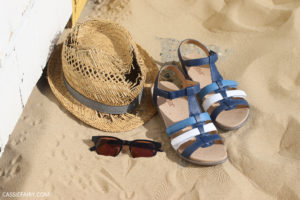
As an online fashion retailer, you’d be able to get your hands on latest trends by purchasing your own selected ‘collection’ of high quality fashion items and accessories from wholesale merchants such as Eles Clothing and you’d always be the most fashionably dressed person in the room! But how do you go about setting up an online store? Here are 6 ways to turn your passion for fashion into a successful business.
Step 1: Selling what you know
Clothing, footwear and accessories are all large sectors within the fashion industry and so it’s best to start by selling what you know, concentrating on a few key items. For example, you may have a ‘thing’ for scarves and know that a scarf will accessorize every outfit perfectly, so kick-starting your venture by focusing on selling gorgeous scarves could be a way of starting small and will give you a foundation in e-commerce to build upon once you know what your customers want. However, when selecting your first key pieces bear in mind the season; buying wholesale woolly hats may not be such a great idea in June, but could be a wise investment is you are beginning your online selling business in October.
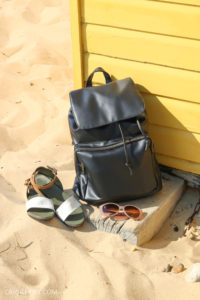
Top tip: Take your time and browse through wholesale items online to gain inspiration; don’t forget you can start as small as you like, ordering one mixed pack of items. From this, you will get a better idea of what sells and to who, without breaking the bank.
Step 2: Know your market
Knowing your market is only one half of a successful online selling business – you need to know where your consumers shop online. There are a variety of online sites where you can start; eBay is a favourite, as is Amazon. Both charge fees, but in different ways, with neither being cheaper than the other in all honesty. Why not start with both platforms and see how each works for you.
Top tip: Research various sites online, checking out not only who shops there and who the website appeals to, but also the commission charged; is it per item or a monthly fee (both have their pros and cons).
Step 3: Pitching your products
Successful selling online also hinges on your pitch; in other words how you describe and photograph your items. This may seem like over egging the pudding but spend some time looking at other websites to see how people are photographing and describing their items. You will notice that the descriptions change, depending on who the intended recipient is. But the rule of thumb is simple; the more information you give to a potential consumer, the more information they have on which to base their buying decision. If you also include an appropriate call to action such as ‘make it yours now’, you will be clinching sales in no time.
Top tip: Research other fashion stores and online clothing retailers to see how they describe their items. Focus on those websites that target the same ‘consumer profile’ you intend selling to, taking note of the subtlety of the call to action that these websites have.
Step 4: Get serious with photographs
Most buyers will make their decision to purchase based on the photograph of the product. You don’t need a fancy camera and professional studio lighting to achieve great images; photographing your product is more about showing it in its best light but also suggesting how it could be worn.
The potential consumer needs to be able to ‘see’ the item and there are a variety of studies to suggest that consumers are more likely to buy when there is more than one photograph of the same item. If there is something unique about the item, like the concealed zip of the dress and the leather-bound pocket opening, then include photographs of these and add this to your product description.
Top tip: Photographs are worth hundreds of words and so a) include more than one per item and b) make suggestions, if appropriate, about how the item could be worn
Step 5: Packaging and delivery
Also known as a turnaround time, you will need to ensure that you respond to orders promptly. You may only be doing this as a hobby to fund your next holiday, or like many people selling online, it is a serious source of income and business opportunity. Whatever your reasons are for starting your online clothing business, your consumer assumes they are dealing with a professional adept company, so take some time to think about how you pack and deliver your items; it can make all the difference for return custom too.
Top tip: Packaging does not have to be expensive – wrapping an item in tissue paper is cheap but looks great when people open their parcel. Always post as soon as possible and acknowledge you when have received payment or sent the item.
Step 6: Enjoy!
Regardless of what you sell and where, the best thing about running your own clothing or accessories online business is the enormous amount of fun and opportunity there is in doing so. Yes, it would be your ‘job’ to read fashion magazines and watch YouTube catwalk shows! You could start off selling a handful of scarves but next year you could be selling the latest knitwear just by keeping an eye on the market, trends and by delivering what customers want. And this will undoubtedly lead to you achieving what you want; work that you love, extra earnings and a business with the potential to grow. Good luck with it!
This blog post is an advertisement feature that has been written in collaboration with a sponsor. The pink links in this post indicate a sponsored link 🙂


















